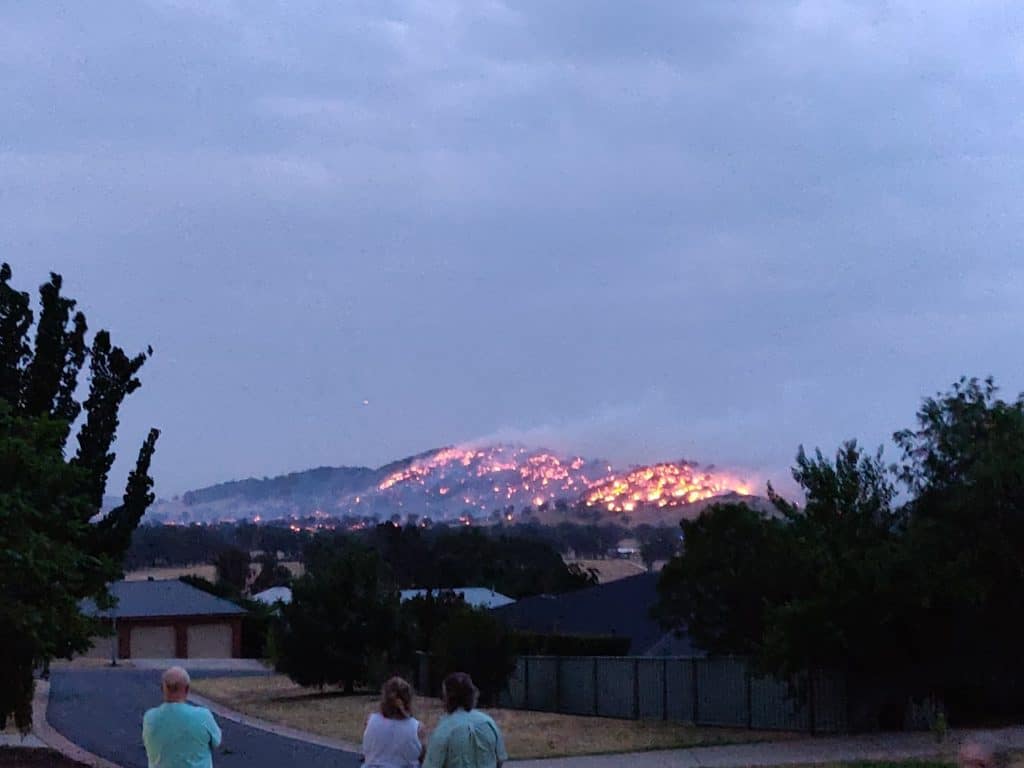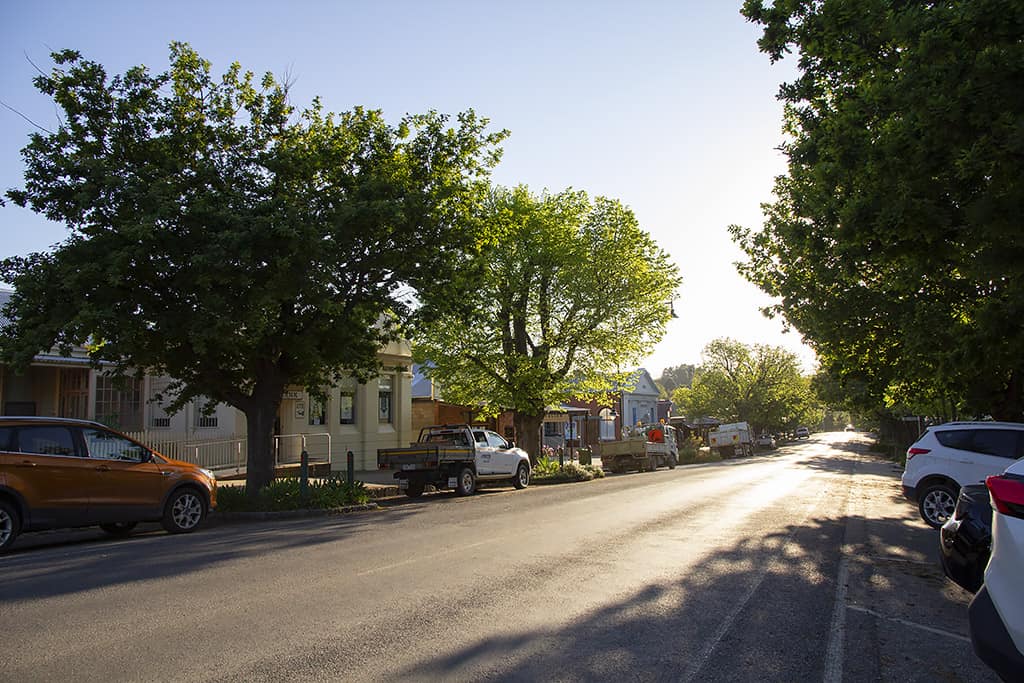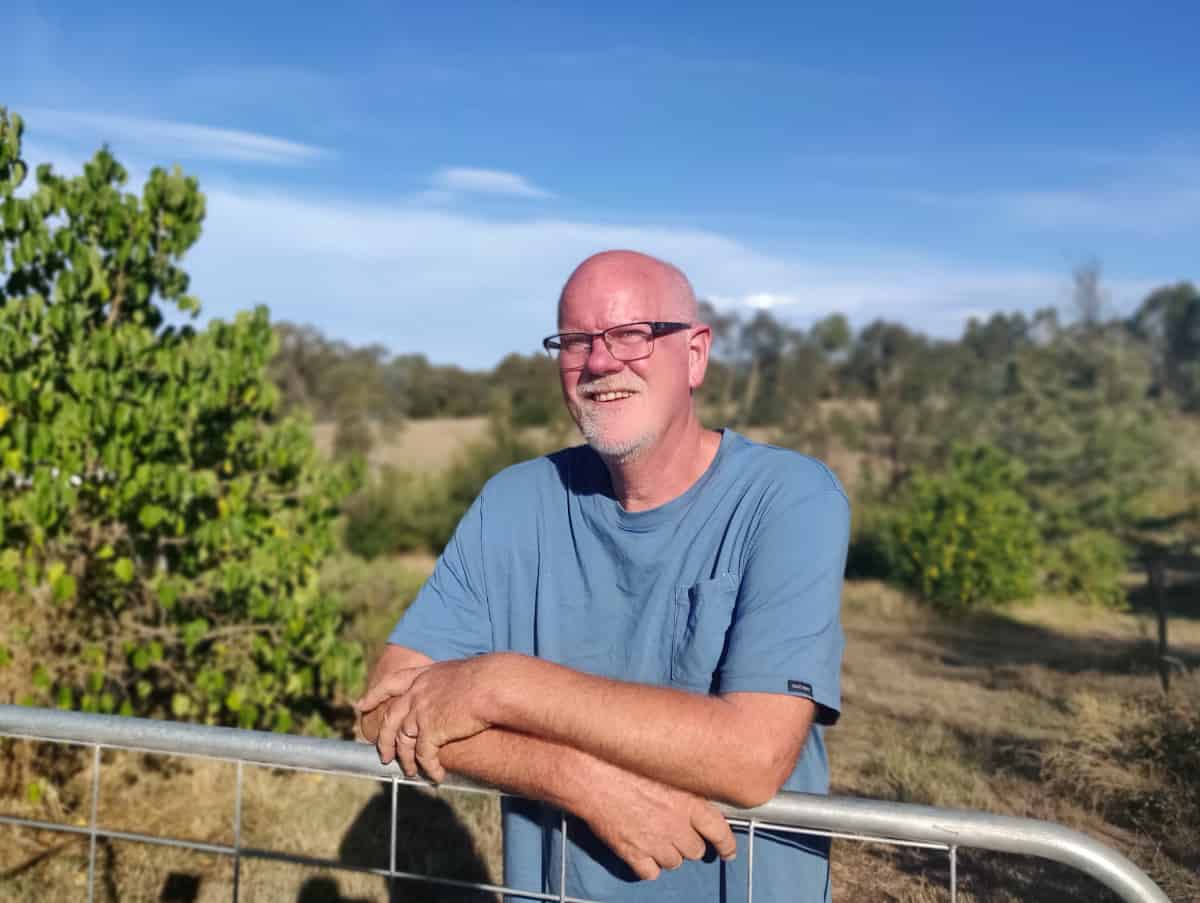Matt Grogan reflects on the challenges and opportunities that face regional communities in the wake of a fiery summer.
This summer’s devastating bushfires show us once again that regional communities are on the front lines of the climate crisis.
Loss of life and property, ecological devastation, and economic pain are but a few examples. As the fires continue to burn, evidence is mounting that the most remote communities are the most vulnerable. Isolated towns could be without power and clean water for weeks.
Once the rain finally comes and the fires are extinguished, our attention will turn toward rebuilding. We know climate change has driven the severity of these fires. We know climate change means more fire seasons like this one.
We need to support communities to rebuild themselves in a way that makes them more resilient for future catastrophes. What if adapting to climate change provides an opportunity for rural and regional Australia to re-invent itself and curb rural decline?
As affected regions across Australia rebuild, decision makers would do well to look to rural Scotland, where communities have invested in renewable electricity generation assets that have become the cornerstones of thriving local economies. Instead of funnelling money to electricity corporations based in far-off cities, profits remain in the community, and community members have the opportunity to upskill by learning about innovative technologies and investment models.
These skills are then transferred and developed in other pursuits to create thriving, culturally vibrant communities where young people want to stay. Some of the projects in rural Scotland have been distributing profits to communities for more than 20 years.
Community energy is not unique to Scotland – many volunteer groups in Australia work tirelessly to help their communities transition towards a decentralised, de-carbonised and democratised electricity supply. But even the most strident supporters of community energy in Australia would admit that there is a long way to go in most instances before community energy projects meaningfully contribute to baseload power. In Scotland, on the other hand, a co-ordinated and long-term policy developed and maintained by the Scottish government has enabled community-owned energy projects to meet baseload power demands in many rural communities.
Directing a portion of the bushfire recovery money towards community-led, decentralised electricity generation and storage projects is the perfect opportunity to prove that, like Scotland, rural Australians can take control and benefit from providing clean energy to themselves and the rest of the country.
The town of Yackandandah in northeast Victoria is proof that relatively modest contributions from government and philanthropic donations can unlock local investment and keep money within the community. Yackandandah has been working over the past 5 years to transition its electricity supply to 100% renewable. Approximately 60% of the houses in the town have solar panels, and almost every community-owned building does too. In 2015, the local health service and aged care facility installed 130 kW of solar panels on its roof, and by 2035, it will have saved several hundred thousand dollars in power bills. Additionally, Yackandandah’s fire station has a large solar and battery installation, meaning that it can operate in isolation in the event of a power outage.
Yackandandah has received approximately $700,000 in Victorian government grants; philanthropic funding; and donations, which has been matched by household infrastructure investment of over $1.1million. The philanthropic funds have largely been put towards resourcing committed locals to create and facilitate a pathway towards a 100% renewable electricity supply.
The government funding has helped Yackandandah build the physical and commercial infrastructure to enable its electricity supply to become self-reliant. The good news, if there can be any, for communities affected by bushfire, is that the concept has now been proven.
Locally focused electricity infrastructure, supported by community-scale generation and storage mean that remote communities will not need to completely rely on hundreds of kilometres of electricity grid being repaired and checked before the power can be reconnected after a fire. The generation, supply and consumption of electricity can, to a large extent, be contained within a town.
This could be a game changer for remote towns like Corryong and Walwa who are vulnerable to disruption to their electricity supply during natural disasters – when the community most need access to power.
A key part of the localised electricity solution in Yackandandah is Indigo Power. Indigo Power is a community-owned, certified social enterprise that is working with its partners to create community energy hubs – first in Yackandandah and then across the Hume region of Victoria and the Southern Riverina region of New South Wales. Community energy hubs allow electricity retail customers of Indigo Power to pool and share household solar electricity, and then draw from community-owned generation and storage facilities. Indigo Power is working with Yackandandah to install one of Australia’s first community-owned batteries that exports power to the electricity grid for use by locals.
As electricity sharing technology becomes more sophisticated, communities will become more prepared for future disasters. Technology is being developed that allows electricity grid operators to ‘island’ a town’s electricity supply on days of extreme fire risk, thereby potentially eliminating the risk of fires sparked by the electricity distribution network, and decreasing the risk of power outages.
An added benefit of Yackandandah’s journey has been the sense of pride and togetherness derived from its 100% renewable target. Similarly, the common purpose for a project that is greater than the sum of its parts can help bushfire affected communities on their long road to recovery. Community-energy projects bring the community together to share stories and grow.
Like the Landcare-funded tree planting days of the 1980s and 1990s that changed the landscape of rural Australia, community energy works best if many people contribute a small amount so that a broad sense of ownership is created. Community members can work together to recover by building resilience.
The examples of Scotland and Yackandandah are evidence that targeted funds can unlock local investment so that renewable electricity can become a source of income and resilience for rural communities. Post bushfire, it’s time to scale the idea throughout affected communities.
A mid-afternoon summer sky turned orange and red by uncontrollable fire is the climate catastrophe that many have dreaded. But a narrative of fear will not help rural communities recover. Community-owned energy projects can provide hope for the future by enabling rural communities to take control of their own destinies.
Matt Grogan is a co-founder of Totally Renewable Yackandandah and Indigo Power



A powerful compelling and beautifully crafted challenge, Matt.
It is really a valuable lesson to allow communities develop what works for them, with a little help from the government. It may take more time than the traditional top down approach, but the results are better and longer lasting. Thank you Yackandandah.
An insightful reflection on the climate crisis, underpinned by vision, hope and the capacity of community.
Scotland certainly killed two birds with one stone in clearing millions of trees for wind turbine installations , greatly reducing their bushfire risk.
Thanks for commenting Steve. Yes, they did remove trees, but the majority were plantation timber and it was still less than 1% of the total woodland area in Scotland. Both renewable energy and forests are seen as very important to Scotland’s measures to address climate change. A spokesperson from Forestry and Land Scotland said: “The figure for trees felled for windfarm development on Scotland’s forests and land, as managed by FLS, over the past 20 years is 13.9 million. However, it should be noted that these trees – being a commercial crop – will have eventually have been felled and passed into the timber supply chain in any case.” He also pointed out that in contrast, the number of trees planted in Scotland between 2000 and 2019 was 272 million.
See the article here: https://www.heraldscotland.com/news/18270734.14m-trees-cut-scotland-make-way-wind-farms/
As to whether it reduced their bushfire risk – well, that depends on how much the climate warms up and makes bushfires in Scotland a much higher risk! Lets hope if we all do our best to reduce emmissions, that won’t become an issue there, unlike Australia.